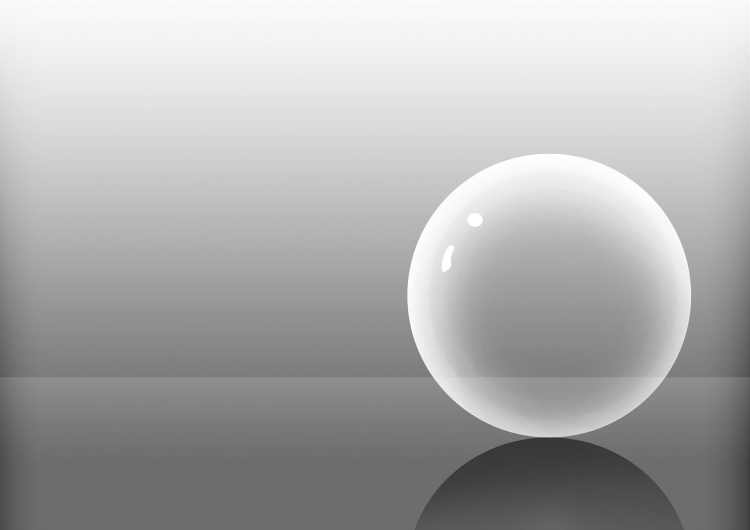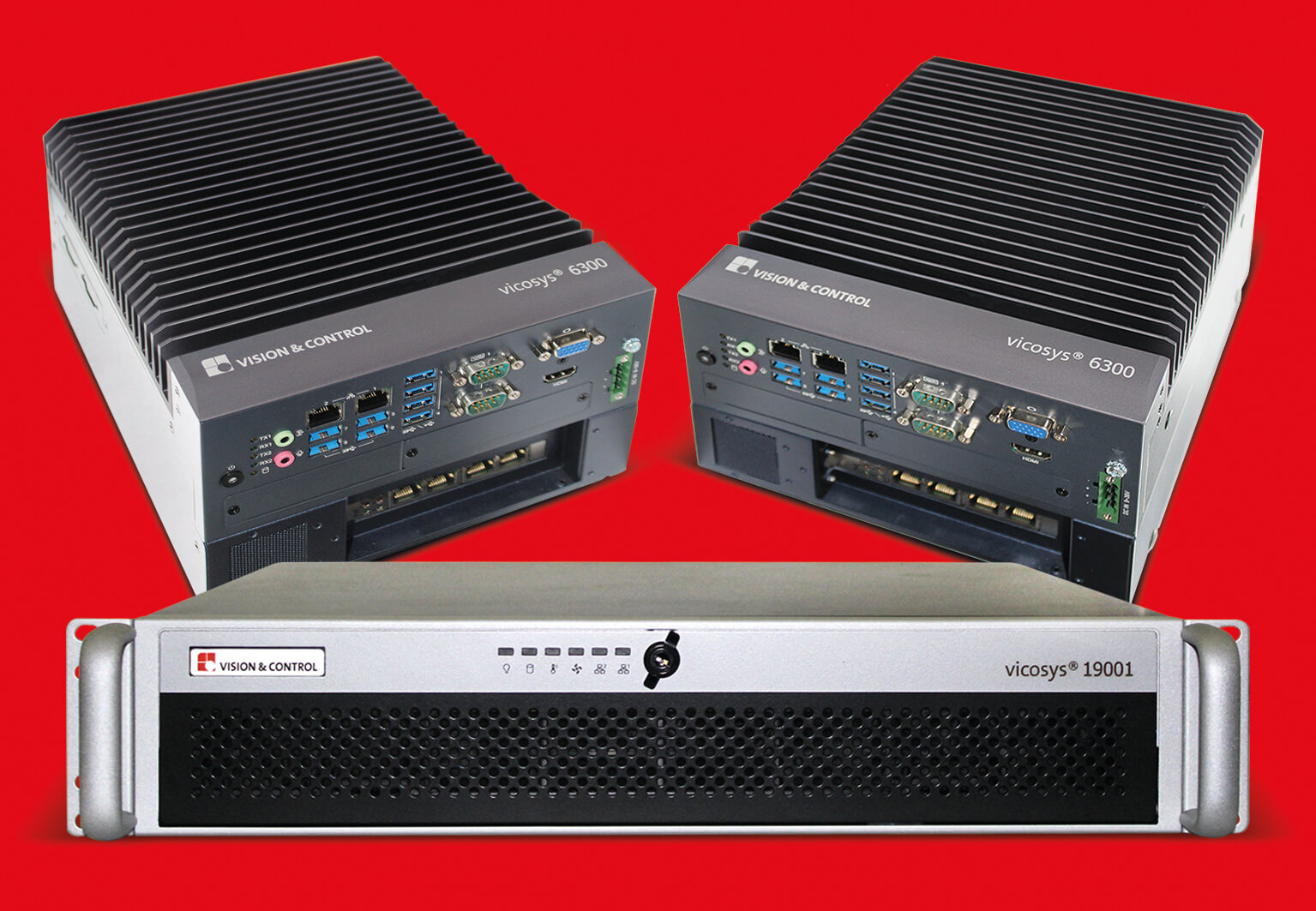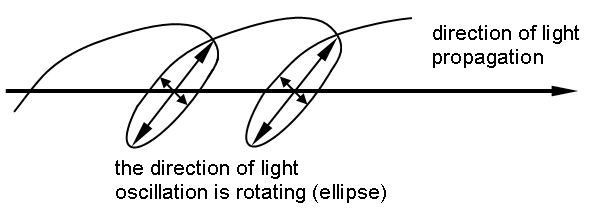Polarization filters and other filters (IR filters, ND filters, colour filters, UV blocking filters) can be found either directly assigned to the respective product or via our product search.
Interesting facts about polarization
Polarization is a physical phenomenon of electromagnetic radiation, such as light, and stands for the oscillation direction a wave's electric field. A distinction is made between the phase states linear, elliptical and circular polarization. An ordinary light source emits unpolarized light. Polarizers or polarizing filters are used to convert unpolarized light into polarized light and use it in optical systems. While polarizing filters extract the desired phase state from unpolarized light, polarizers utilize the optical properties of birefringent crystals to convert light into the desired phase state. Using plane-parallel plates of fused silica, a optical retardation can be generated and a change in the phase states can be achieved. For example, ʎ/4 plates are used to convert linearly polarized light into circularly polarized light and vice versa.
Various transparent optical materials rotate the polarization plane of linearly polarized light. The most basic polarization-optical instrument, the saccharimeter, is based on this effect to analyze sugar concentration in a solution.
By using polarizers, polarizing lighting, polarizing filters and retardation plates in optical systems, many effects - such as contamination, defects or enclosures in transparent materials - can be visualized with high contrast that otherwise would be very difficult to detect.
By combining polarized light, polarizers and polarizing filters with special polarization camera chips, the angle of polarization and the degree of polarization can be measured. Using these parameters, it is possible to make tensions in transparent materials visible and consequently reduce quality costs. Another application of this technology is the surface inspection.
Vision & Control not only supplies its customers the right optics and lighting for such applications, but also the necessary polarizing filters and retardation plates.
Our catalog also includes the polarization cameras mentioned above for use with the vicosys® multi-camera systems.















![[Translate to English:] DIN Mitglied [Translate to English:] DIN Logo](/fileadmin/user_upload/Ueber_uns/Verbaende/DIN_Mitglied.jpg)
![[Translate to English:] Mitglied PROFINET [Translate to English:] Logo Profinet](/fileadmin/user_upload/Ueber_uns/Verbaende/PROFINET_rgb..jpg)
![[Translate to English:] Mitglied OptoNet [Translate to English:] Logo Optonet](/fileadmin/user_upload/Ueber_uns/Verbaende/OptoNet-Signet_sRGB_transp_800px.png)